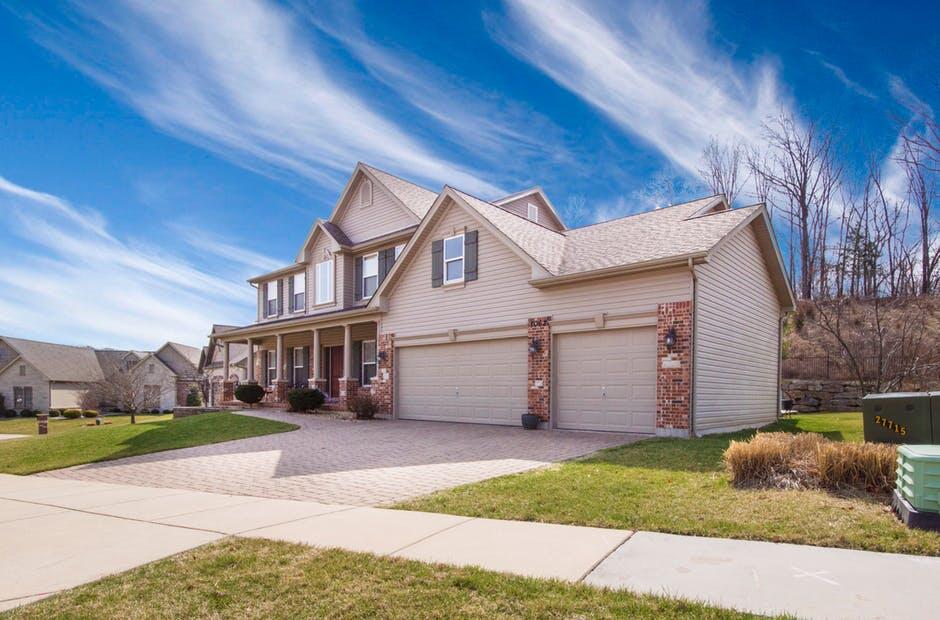Are you making inspections a part of your rental property maintenance?
Rental inspections are necessary for staying in compliance with your city's housing codes. You can't uncover areas and features in need of repairs and upgrades without proper inspections, either.
Where do you start?
You need to work with an experienced property management company that prioritizes thorough inspections. The right protocol will leave no stone unturned. When looking for a property manager, ask them about their inspection process directly.
Here are three points to remember when conducting rental property inspections.
1. Create a Thorough Checklist
Every investment property inspection starts with a rental inspection checklist of action items. Start by listing every architectural feature of the home.
Exterior action items include:
- Roofing and siding
- Chimneys
- Foundation and basements
- Porches
- Rain gutters
- Exterior painting (including doors)
Remember to add "curb appeal" action items to your list. These items include anything passersby can see walking (or driving by) your house. Items include front yard landscaping, driveways, sidewalks and walkways, porch design, and trash receptacles.
2. Check Interior Elements
Next, take stock of all interior housing elements and add them to your inspection checklist. This list will be longer as it will include plumbing and appliances.
- Kitchen and bathroom plumbing
- Countertops
- Refrigerators and dishwashers
- Lighting systems
- HVAC units and accessories
- Flooring quality (and materials)
- Wall treatments
- Windows and doors
- Insulation
Heating and cooling is a big one.
You may have to replace the insulation if it's too old. HVAC systems should also be replaced if they're older than 15 to 20 years. Faulty HVAC units can cause health issues like respiratory problems, migraines, and fatigue.
You may want to include an indoor air quality test in your rental inspection. Make note of this point in your marketing material when showing the house to prospective renters.
3. Conduct Rental Property Inspections For Mold
Mold can also contribute to poor indoor air quality. You should conduct a thorough mold test to assure prospective renters about quality. Mold testing may also be required for compliance reasons.
Mold is typically found in warm, damp places like bathrooms. You'll also find it growing in attics, especially after storms. Mold is often a result of water damage when water leaks through old roofing or cracks in the siding.
A mold test may also lead to necessary roof replacements. Lifespans vary according to the material and quality of the installation.
For example, asphalt shingles typically last up to 30 years maximum with proper care. Clay tiles last the longest, with many roofs staying intact for up to 50 years.
When inspecting your roof, don't forget to add ventilation to your checklist. Proper ventilation also protects against mold.
You should also conduct a heat and cooling air loss inspection. These results will let you know if your roof is leaking too much HVAC air which is a costly problem. In this case, you'll need an insulation replacement.
Conduct Your Inspection the Right Way
Don't treat rental property inspections as an afterthought. Paying attention to every detail is crucial. Keep these three points in mind when conducting your next inspection.
Let Envy Property Management be your guide. Our property managers can handle every aspect of your inspection. Call us today to learn more!


